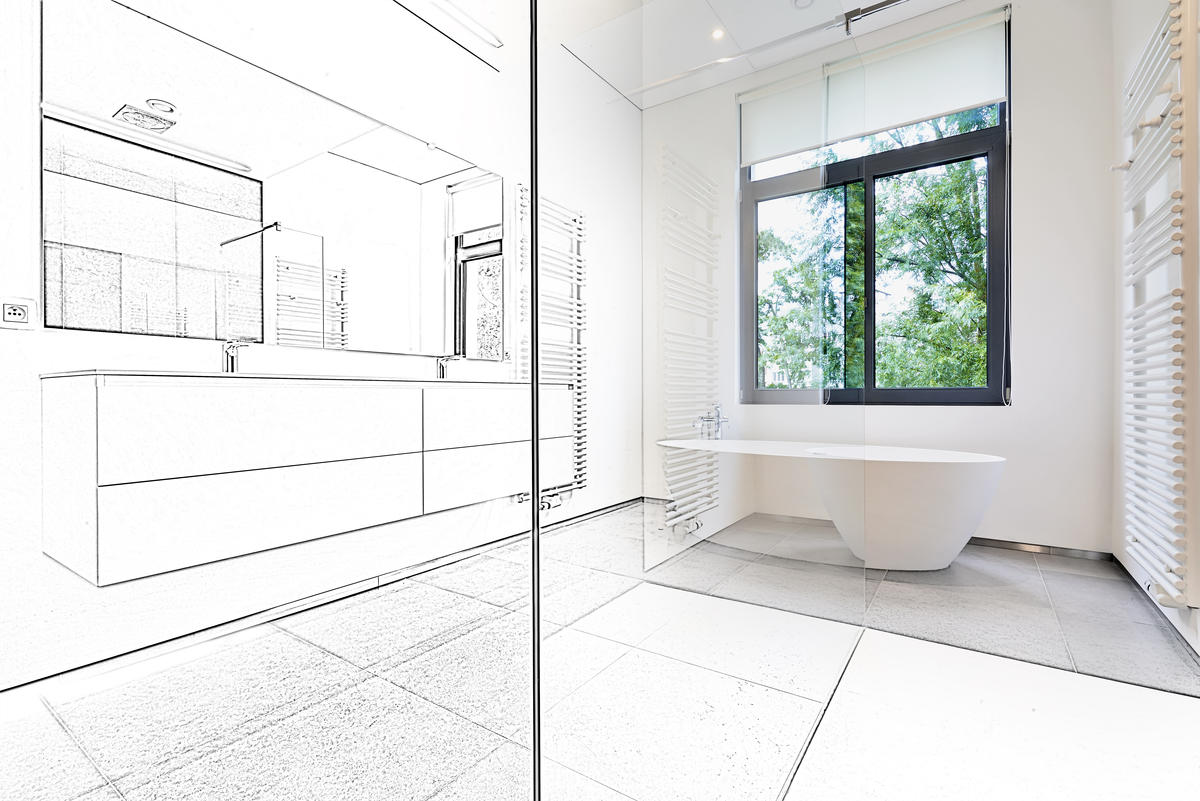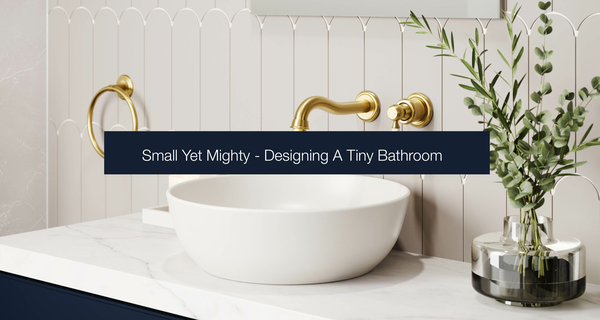OK, so you’ve decided to renovate your bathroom. Great! But where on Earth do you start?
There’s a lot to think about. You might be envisioning all brand new fixtures and a huge bathtub with a spectacular tile feature. However, you need to make sure that your vision is something that can actually become a reality.
When customers first come to us looking for advice on renovating their bathroom, the very first thing our experts ask them is this:
“Are you willing to change your existing plumbing? Or do you want to stick with what you already have?”
When we refer to “plumbing”, we’re referring to anything in your bathroom that’s connected to pipes - your taps, toilet, waste drain, shower and tub. So the answer to this question has a huge impact on the scope you can achieve with your renovation.
If you're willing and able to change your plumbing, the world is your oyster and you can totally transform every aspect of the layout of your bathroom. Keep in mind though; it will drive up your renovation costs quite a bit!
However, for most people, the cost and practicality of swapping out all of their plumbing is unrealistic. But there are ways you can make significant changes to your bathroom without needing to get a plumber in to rip out all the pipes.
Here’s a few tips of the trade to keep in mind if you’re weighing up whether it’s worth it or not to change your plumbing:
Think about what you want to achieve with your bathroom renovation
For example, if your main goal is to install a new shower, bathtub and vanity because you just can’t stand the sight of your existing fixtures, there’s a very good chance that you can just replace what’s old for new whilst using the existing plumbing connections. There’s really no need to relocate everything if you are happy with your current layout but just want to update the fixtures.
However, if your goal with your bathroom renovation is to completely re-do the space and create a whole new layout from scratch, then you’ll need to change your plumbing. Many people opt for this because they want to totally transform their bathroom space into something more opulent and spacious.
For example - a current trend with bathroom designs is to create a ‘wellness-inspired’ or ‘oasis retreat’ style of bathroom. To do so, you need quite a bit of space to work with. And to create more space, your plumbing needs to be adaptable to the proposed layout.
Investigate other methods for changing the plumbing
For a lot of people, the cost of changing their plumbing is a bit outside of their renovation budget. But there are some clever methods that you can use to make your plumbing system more flexible without having to rip out every single pipe.
With the help of an experienced plumber and builder, there are ways to create hidden wall cavities to extend the length of existing pipes to reach other areas of a bathroom, thereby allowing for greater flexibility in your layout.
While this is still a more expensive option than just sticking to your current plumbing, it’s still cheaper than doing a total plumbing re-fit. This could be the “middle-ground” solution you’re looking for.
There are limitations as to what can be achieved with this approach, but it’s well worth consulting with a plumber, builder or even a bathroom product expert to discuss your options.
Don’t purchase any bathroom fixtures until you’ve confirmed how they need to be installed (especially a toilet!)
Sometimes, we are unfortunately approached by customers looking for help after they have purchased a new and expensive bathroom fixture on their own, especially a toilet, only to realise that it’s not compatible with their existing plumbing.
Toilets in particular require a bit of planning in terms of ensuring they are compatible with existing plumbing as toilet plumbing standards have changed a bit over the years.
Before buying a new toilet, you first need to know if the plumbing of your current toilet is a p-trap or an s-trap. If the big pipe goes out the wall, it’s a p-trap. If it goes through the floor, you’ve got an s-trap. This will affect the waste set-out measurements requirements and will determine what type and size of toilet you can install.
Additionally, you will need to check where the water supply tap is located. Older toilets with high-level cisterns usually have water supply taps located up high. This often conflicts with more modern styles of toilets which have low-level cisterns. This can sometimes end up in the way of the toilet bowl if you’re looking to install a back-to-wall or wall hung toilet.
All in all, there are many different types and sizes of toilets and other fixtures available out there and there’s a very good chance that you will be able to find a product that can be easily attached to your existing plumbing. But it’s best to consult with a professional before committing to a purchase.
Need help with your bathroom renovation project? Talk to the team at arthaus
Whether it’s a home bathroom or a commercial bathroom, arthaus is here to help.
Our bathroom experts have all the right know-how to recommend the right products for your needs so that you can make that final decision with confidence.
Click here to get in touch with us today. We have a dedicated bathroom showroom in Brisbane’s Fortitude Valley which is open to the public 6 days a week.
Or give us a call on 07 3252 6111. We look forward to making your dream designs a reality.

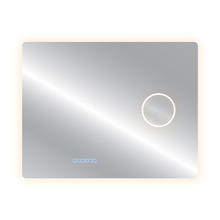 Smart Mirrors
Smart Mirrors Touchless Basin Mixers
Touchless Basin Mixers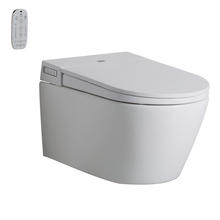 Wall Hung
Wall Hung Wall Faced
Wall Faced Back To Wall
Back To Wall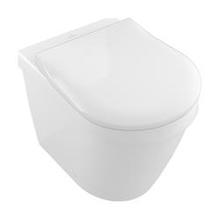 Wall Faced
Wall Faced Wall Hung
Wall Hung Bidets
Bidets Urinals
Urinals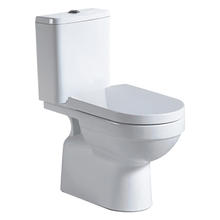 Close Coupled
Close Coupled In Wall Cisterns
In Wall Cisterns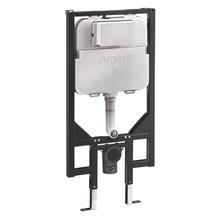 In Wall Cisterns & Frames
In Wall Cisterns & Frames Flushplates
Flushplates Mains Pressure Valves
Mains Pressure Valves Under Counter
Under Counter Drop In
Drop In Vessel
Vessel Counter Top
Counter Top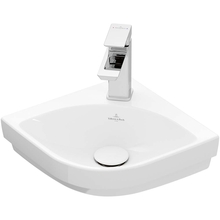 Hand Wash
Hand Wash Wall Mounted
Wall Mounted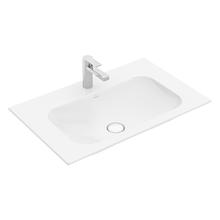 Vanity
Vanity Semi Recessed
Semi Recessed Freestanding
Freestanding Bottletraps & Wastes
Bottletraps & Wastes Accessories
Accessories Wall Hung Cabinets
Wall Hung Cabinets Floor Mounted Cabinets
Floor Mounted Cabinets Basin Mixers
Basin Mixers Shower & Bath Mixers
Shower & Bath Mixers In Wall Bodies
In Wall Bodies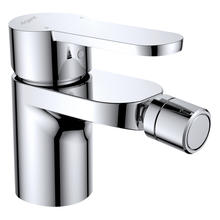 Bidet Mixers
Bidet Mixers Spouts
Spouts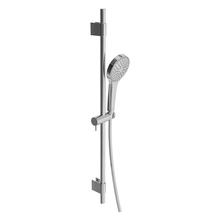 Rail Sets
Rail Sets Shower Systems
Shower Systems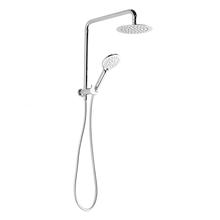 Combination Showers
Combination Showers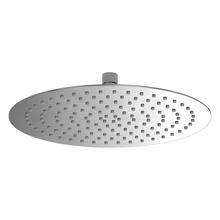 Overhead Showers
Overhead Showers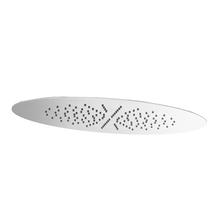 Ceiling Showers
Ceiling Showers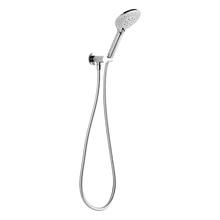 Shower Hook Sets
Shower Hook Sets Freestanding
Freestanding Shower Components
Shower Components Shower Sets with Grab Rail
Shower Sets with Grab Rail Freestanding
Freestanding Drop In
Drop In Spas
Spas Whirlpools
Whirlpools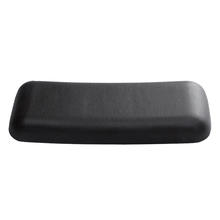 Accessories & Wastes
Accessories & Wastes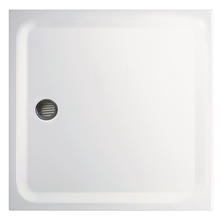 Shower Trays
Shower Trays Wastes
Wastes Robe Hooks
Robe Hooks Towel Rails
Towel Rails Toilet Roll Holders
Toilet Roll Holders Toilet Brush Sets
Toilet Brush Sets Hand Towel Holders
Hand Towel Holders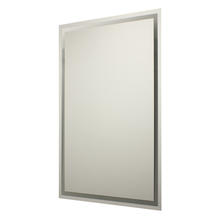 Mirrors
Mirrors Shelves & Baskets
Shelves & Baskets Soap Dishes
Soap Dishes Liquid Soap Dispensers
Liquid Soap Dispensers Towel Racks
Towel Racks Glass Mounted Fittings
Glass Mounted Fittings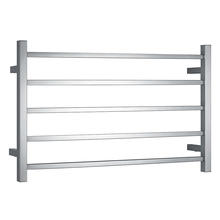 Heated Towel Rails
Heated Towel Rails



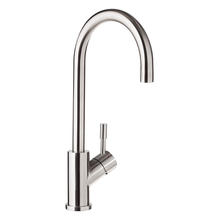 Kitchen Mixers
Kitchen Mixers Under Mount
Under Mount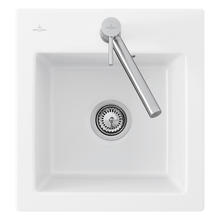 Top Mount
Top Mount Butler & Farmhouse
Butler & Farmhouse Accessories
Accessories Accessible
Accessible Food Waste Disposers
Food Waste Disposers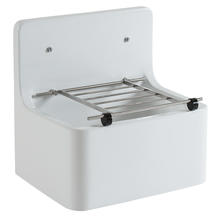 Cleaners Sink
Cleaners Sink
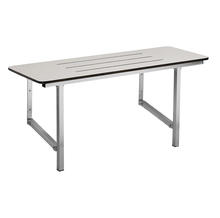 Shower Seats
Shower Seats Grab Rails
Grab Rails Accessories
Accessories Basins
Basins Flushing
Flushing Showers
Showers Sinks
Sinks Tapware
Tapware Toilets
Toilets Accessories
Accessories Flushing
Flushing Showers
Showers Tapware
Tapware Accessories
Accessories Flushing
Flushing Showers
Showers Tapware
Tapware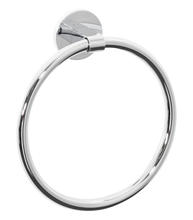 Accessories
Accessories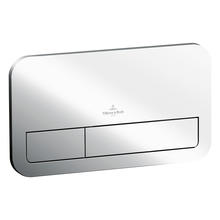 Flushing
Flushing Showers
Showers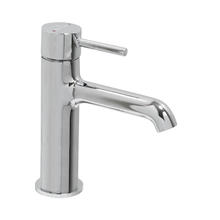 Tapware
Tapware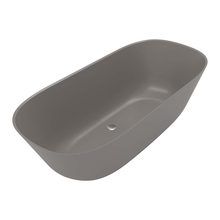 Baths
Baths Flushing
Flushing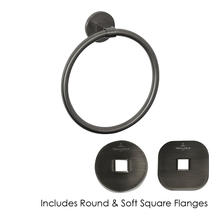 Accessories
Accessories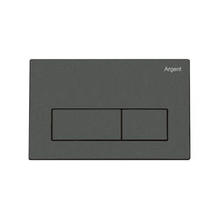 Flushing
Flushing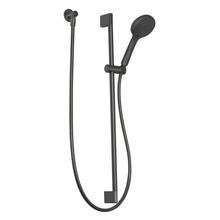 Showers
Showers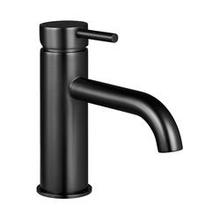 Tapware
Tapware Accessories
Accessories Flushing
Flushing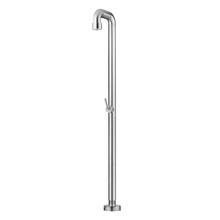 Showers
Showers Sinks
Sinks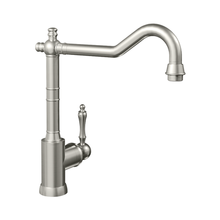 Tapware
Tapware Basins
Basins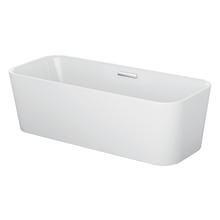 Baths
Baths Sinks
Sinks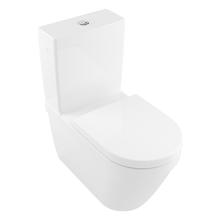 Toilets
Toilets Basins
Basins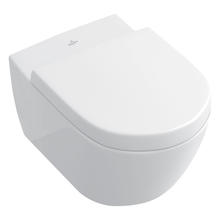 Toilets
Toilets